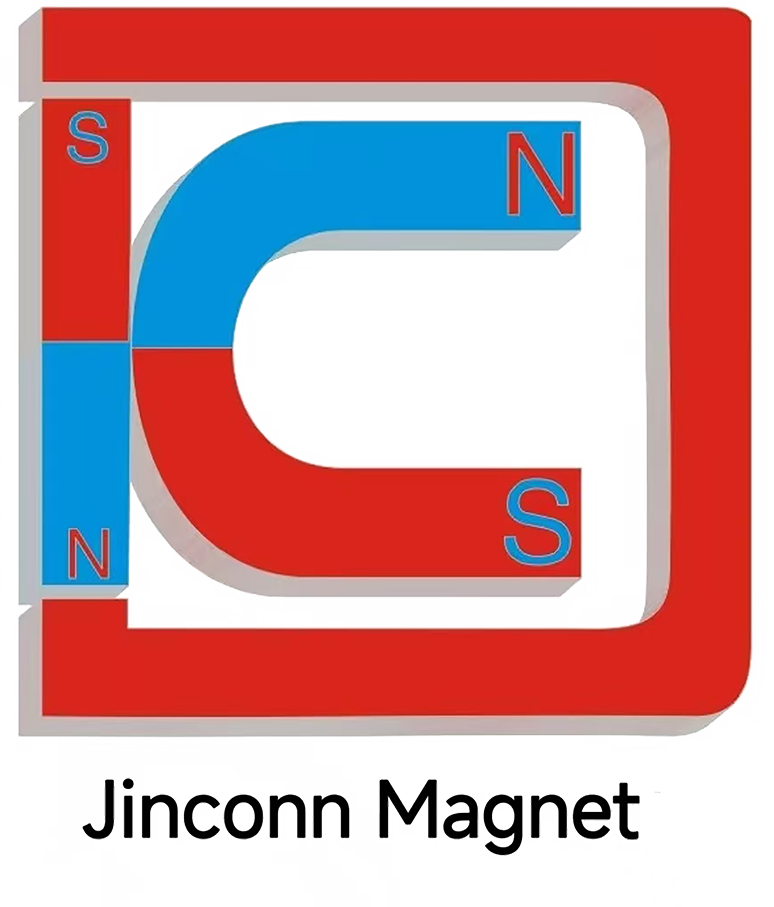Pushing the Boundaries: Cutting-Edge Magnetic Technologies in Advanced Industrial Automation
Pushing the Boundaries: Cutting-Edge Magnetic Technologies in Advanced Industrial Automation
As industrial automation evolves into the age of intelligent manufacturing, the demand for even higher performance, faster response, and robust reliability continues to escalate. Cutting-edge magnetic technologies are now leading this new frontier, empowering manufacturers to achieve unprecedented levels of industrialization, precision, and efficiency. This final article of the series dives into the frontiers of magnetic innovation—highlighting the latest trends, integration strategies, and their profound impact on the future of automated production.
One of the most exciting developments is the use of programmable magnetic systems. By adjusting magnetic fields in real time, these systems enable robotic arms, conveyors, and smart assembly lines to dynamically adapt to changing tasks, product types, and workflows. High magnetic force magnets combined with precise electronic control allow for the manipulation of heavy or delicate components at unprecedented speeds—all while maintaining safety and minimizing energy consumption.
Another key advancement is the application of magnetic levitation (maglev) in industrial automation. Maglev-based conveyors and material handling solutions provide contactless movement, drastically reducing friction, mechanical wear, and maintenance costs. This technology is now being deployed for high-speed, high-precision transport of components in electronics manufacturing and pharmaceutical production, supporting the need for cleaner, more reliable processes.
Artificial intelligence (AI) and Industrial Internet of Things (IIoT) integration with magnetic sensors is also pushing the boundaries of what is possible. Factories equipped with networks of intelligent magnetic sensors continuously collect and analyze operational data, enabling predictive maintenance, real-time optimization, and fully autonomous operation. These systems respond with lightning speed to environmental and production changes, supporting fully industrialized, flexible manufacturing lines.
Finally, innovations in high-performance, sustainable magnet materials—such as rare-earth-free compositions—are helping manufacturers achieve green automation goals without sacrificing power or reliability. The new generation of robust magnets supports long-lasting, energy-efficient operation, ensuring that the future of industrial automation is both high-tech and eco-friendly.
In conclusion, as magnetic technologies continue to advance, they will remain at the heart of industrial automation—driving higher performance, faster response, and broader industrialization. Their innovative integration with smart systems defines the cutting edge of automated production, setting new benchmarks for what is possible in modern manufacturing.




Jinconn WeChat









